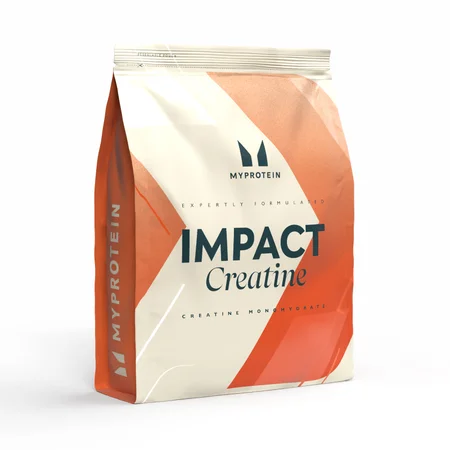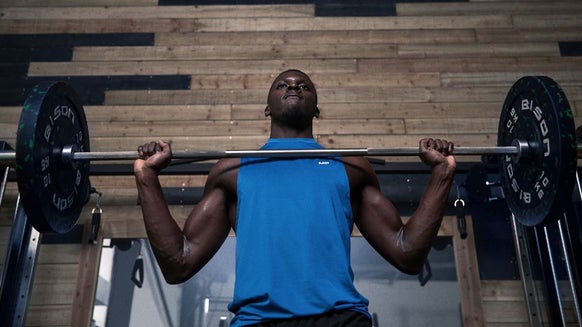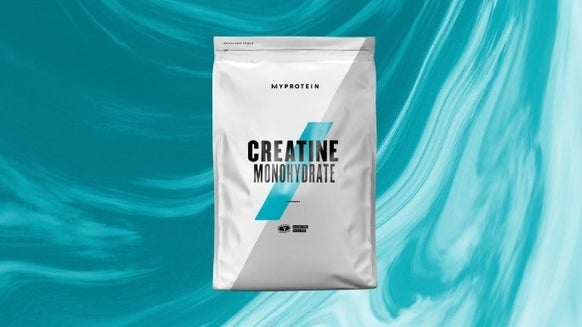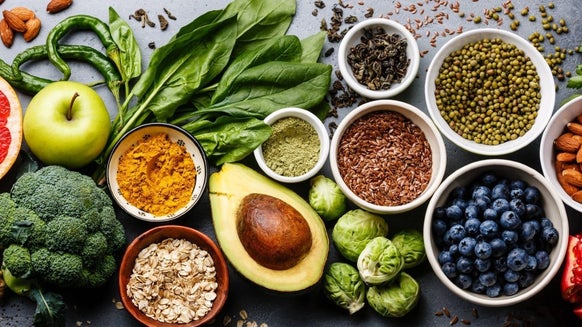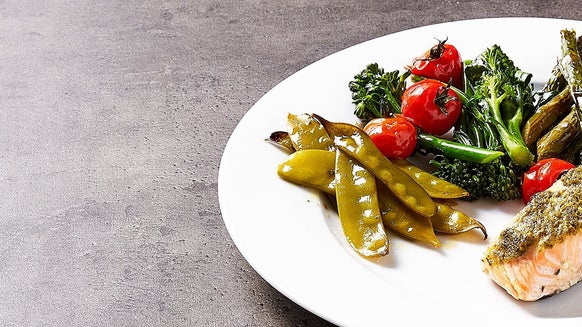How To Take Creatine | What Is The Best Way?

How to take creatine for a loading phase
Creatine loading is where you take a high dose to maximise your creatine storage as early as possible. This will allow you start making the benefits in the gym earlier – leading to increased long-term progression and improved performance.
A typical strategy for creatine loading would be to take 20g (4x5g) for 5-7 days. This will make sure your creatine stores are maximised and you are able to start getting in the extra reps and sets during gym sessions.
Whilst loading will allow you to start making gains earlier, the multiple doses throughout the day can make it less convenient than a maintenance phase.

How to take creatine for a maintenance phase
Increasing creatine storage via a maintenance phase may be more convenient as you only have to take creatine once or twice a day. It may also to help to reduce the reported side effects that a loading phase may cause. These include increased water retention and stomach cramps.
A maintenance phase will take longer to saturate your creatine storage so it will take longer to start to see a benefit during your training or performance.

Which creatine should I take?
One of the most studied forms of creatine is creatine monohydrate and the evidence suggests that are no forms more effective at increasing creatine storage.
Creatine comes in a powder form or capsule form. Whilst there is not much difference in how effective each form is increasing creatine storage; a powder form may be more convenient if you enjoy shakes and smoothies whilst capsules don’t need to mixed with anything so they might make a better option for when you’re on the go.
Kre-alkyln creatine is creatine with added alkaline powder (e.g., bicarbonate) that changes the pH of the powder. It is claimed that this may make the creatine more effective and safer to use. However, when compared with creatine monohydrate, research shows there is no difference in its ability to increase creatine storage or reduce any potential side effects.
Creatine ethyl ester is creatine with added ethanol ester that may reduce the water retention experienced and improve the absorption rate. When compared to creatine monohydrate, there is no evidence to show it is more effective at increasing storage or reducing side effects.

What Is The Best Way to Take Creatine?
For the quickest results, the best way to take creatine would be with a 7-day loading phase (20g/d) to maximise storage, followed by a maintenance phase of 3-5g/d. Both methods will ultimately maximise your creatine storage and allow you to make performance improvements and training gains so the best method will depend on what suits you best.
Consuming creatine around your workout may improve recovery and creatine storage. Evidence shows that creatine may increase the rate at which you replenish glycogen following a heavy workout. This in turn will improve rates of recovery.
Post workout creatine ingestion has also been shown reduce muscle damage. Additionally, creatine co-ingested with carbohydrate may increase both carbohydrate and creatine storage. Adding creatine to a post workout protein and carbohydrate shake may therefore be the best way to recover whilst simultaneously increasing your creatine stores.
For a creatine loading phase it is best to distribute in small doses throughout the day to reduce the likelihood of abdominal cramping and other reported side effects. See the creatine comparison table below for a comparison on how to distribute each form of creatine.
Creatine Intake Comparison Table
This table will guide you to allow 20g of creatine a day during a loading phase, and 2-6g suring a maintenance phase. Always consult your GP if you have any health conditions and want to start supplementing with creatine.
| Phase | Morning | Afternoon | Evening | Pre- Workout |
Post- Workout | Daily Total | |
| Creatine Monohydrate Tablets | Loading | 4 tablets | 4 tablets | 4 tablets | 4 tablets | 4 tablets | 20g |
| Maintenance | 3 tablets | 3 tablets | 6g | ||||
| Kre-Alkalyn | Loading | 5 tablets | 5 tablets | 5 tablets | 5 tablets | 5 tablets | 19g |
| Maintenance | 4 tablets | 4 tablets | 6g | ||||
| Creapure Tablets | Loading | 5 tablets | 5 tablets | 5 tablets | 5 tablets | 5 tablets | 18g |
| Maintenance | 4 capsules | 4 capsules | 6g | ||||
| Creatine Ethyl Ester | Loading | 8 tablets | 8 tablets | 8 tablets | 8 tablets | 8 tablets | 20g |
| Maintenance | 6 tablets | 6 tablets | 6g | ||||
| Creatine Powder | Loading | 1 scoop | 1 scoop | 1 scoop | 2 scoops | 2 scoops | 20g |
| Maintenance | 1 scoop | 1 scoop | 6g | ||||
| Creapure Powder | Loading | 1 scoop | 1 scoop | 1 scoop | 2 scoops | 2 scoops | 20g |
| Maintenance | 1 scoop | 1 scoop | 6g |
READ THESE NEXT:

10 Supplements To Help Fight Tiredness and Fatigue
Want to feel full of life? These supplements could be the answer.
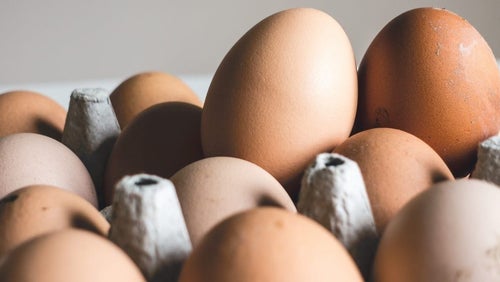
10 Natural Food Sources High in Amino Acids
How you can get that protein power from your daily diet.

15 Minute Workouts for Any Occasion
Too busy to exercise? All you need is 15-minutes a day!

